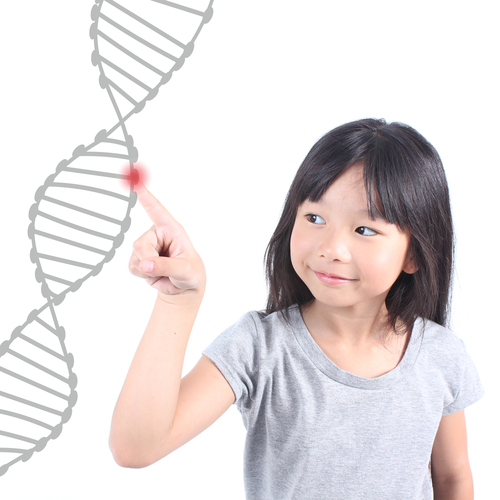Chinese Team Identifies Five Additional Mutations of the Gene Linked to CMT Type 2

Chinese researchers have discovered five additional mutations of the gene associated with the type 2 form of Charcot–Marie–Tooth disease.
Their findings on the GDAP1 gene appeared in the Journal of Neurology. The title of the article is “Genotype–phenotype correlation and frequency of distribution in a cohort of Chinese Charcot–Marie–Tooth patients associated with GDAP1 mutations.”
Charcot–Marie–Tooth, or CMT, is a group of genetic disorders whose hallmark is nerve degeneration that worsens over time. This leads to muscle weakness and atrophy, poorer reflexes and decreased sensation. The disease mostly affects the lower limbs.
Scientists have linked more than 80 GDAP1 gene mutations to two types of CMT — CMT4A and CMT2K. The normal gene produces a protein found in mitochondria, the cell’s powerhouses. It is particularly prevalent in nerve cells in the brain, spinal cord, and the specialized cells running along the spinal cord that are known as dorsal root ganglia.
Although GDAP1 mutations are rare, scientists do not know how prevalent each is, particularly in Asians. In addition, they know little about the CMT symptoms each mutation generates.
To try to increase the scientific community’s knowledge about the mutations, researchers at Central South University in Changsha screened 306 CMT patients for them.
They found eight mutations in four families. They considered seven to be potential causes of the disease, but were unsure of the eight’s significance.
Five of the mutations had never been identified. The team dubbed them R41H, N201Kfs*5, Q38X, V215I, and Q38R. The five accounted for 1.63 percent of the 306 patients screened.
Three of the families with the previously unidentified mutations had an autosomal recessive gene inheritance pattern, meaning that a family member needed two copies of the mutation to develop the disease. All people inherit two copies of a gene, one from their father and one from their mother. The copies can be normal or mutations.
The fourth family had an autosomal dominant gene inheritance pattern, meaning that a family member needed only one copy of a GDAP1 mutation to develop CMT.
When researchers looked at the kind of CMT the mutations generated, they discovered that all of the patients had the axonal type of neuropathy, or CMT2K.
Checking the patients’ medical records showed that those with the recessive form of CMT2K developed the disease earlier and had worse symptoms — and their disorder progressed quicker — than those with the dominant form.
Another finding was considerable variation in the age at which the dominant form of CMT2K occurred, its severity and how quickly it progressed. These patients shared a common symptom profile, however. It included weakness in the muscles of the hands, feet, lower arms and lower legs, atrophy in lower limbs, foot deformities, and walking difficulties.
“Our study expands the mutational spectrum of GDAP1-related CMT disease with the identification of new and unreported GDAP1 variants and demonstrates the predominance of the axonal form of neuropathy in CMT disease associated with GDAP1,” the researchers wrote.
They called for more studies on the association between each of the mutations and the symptoms associated with them.





